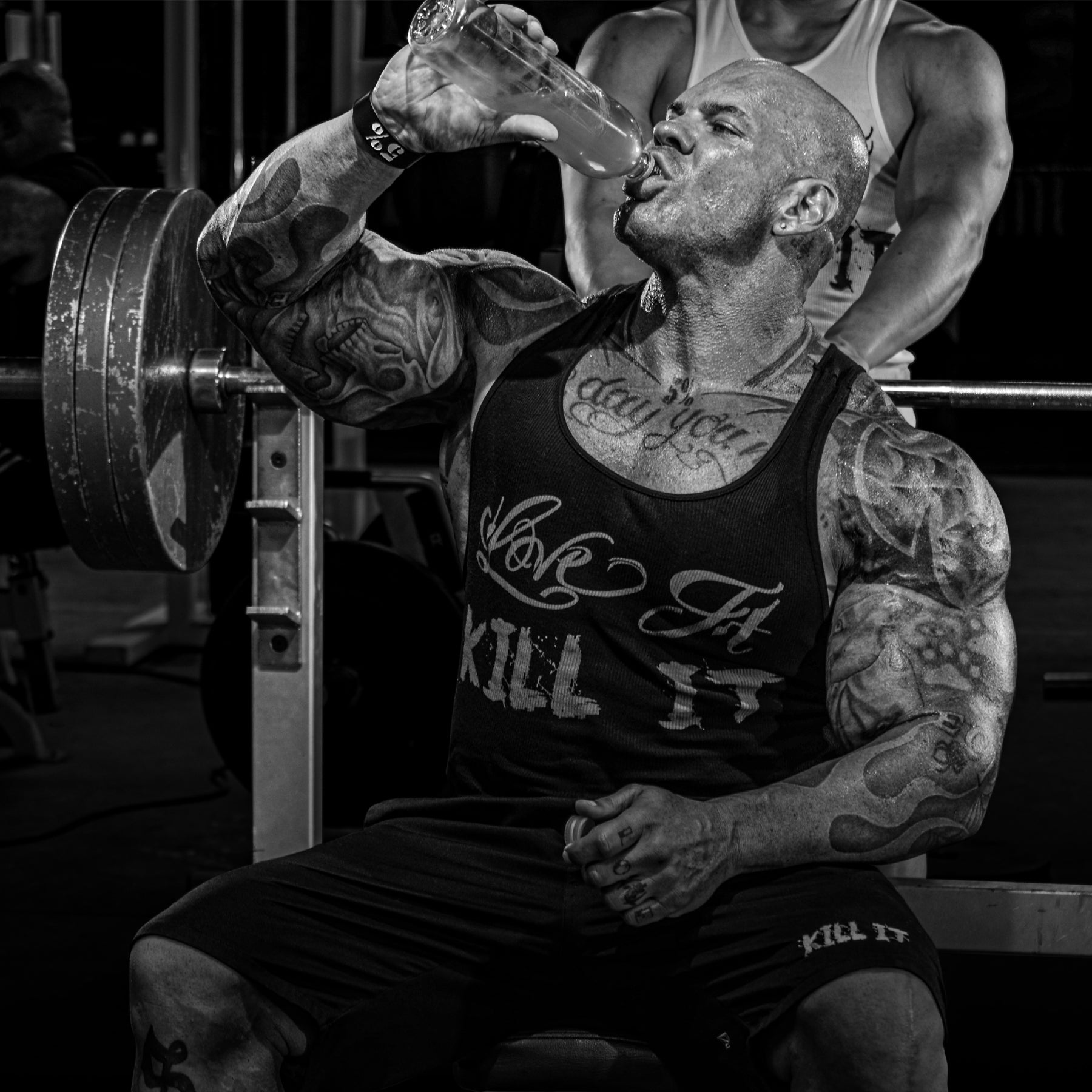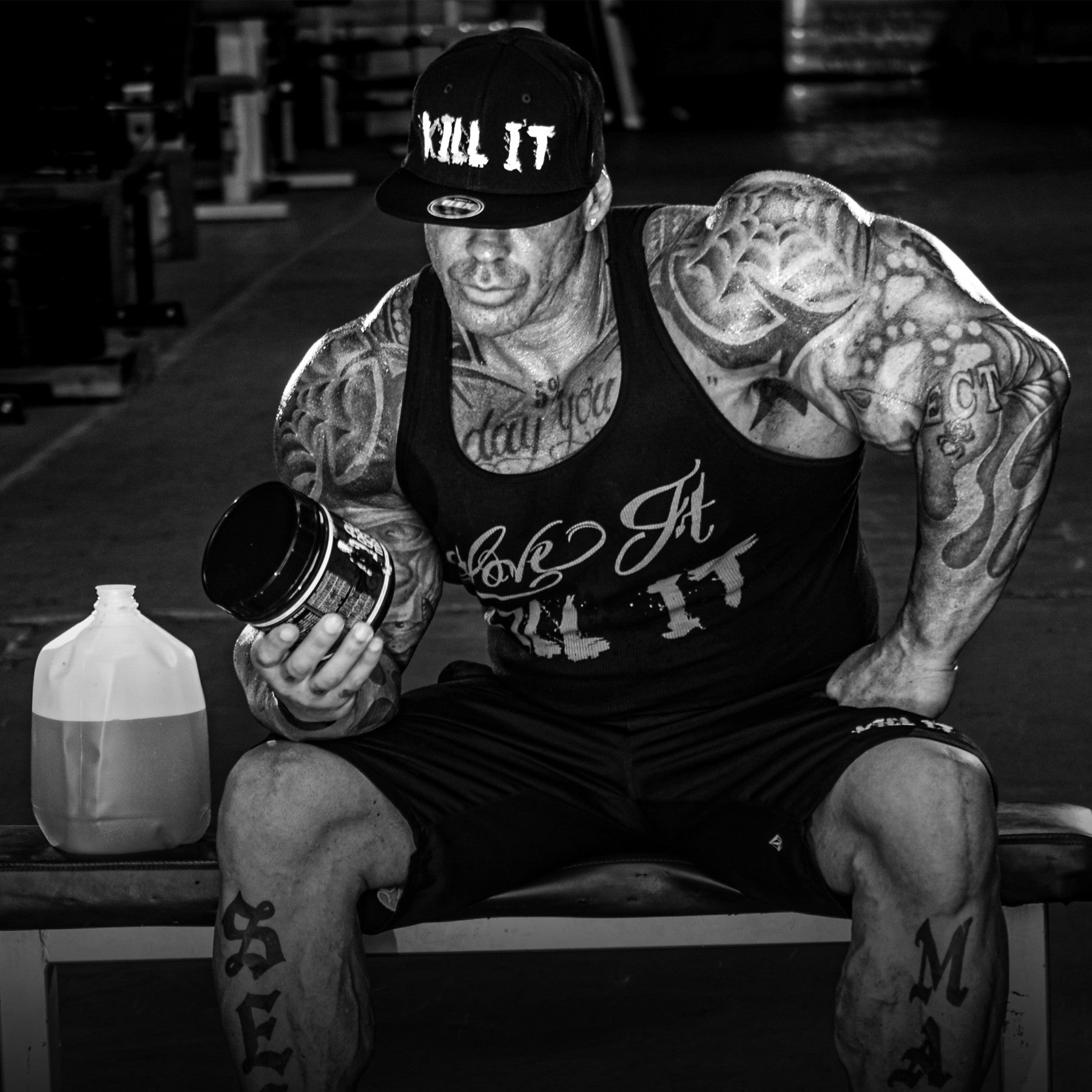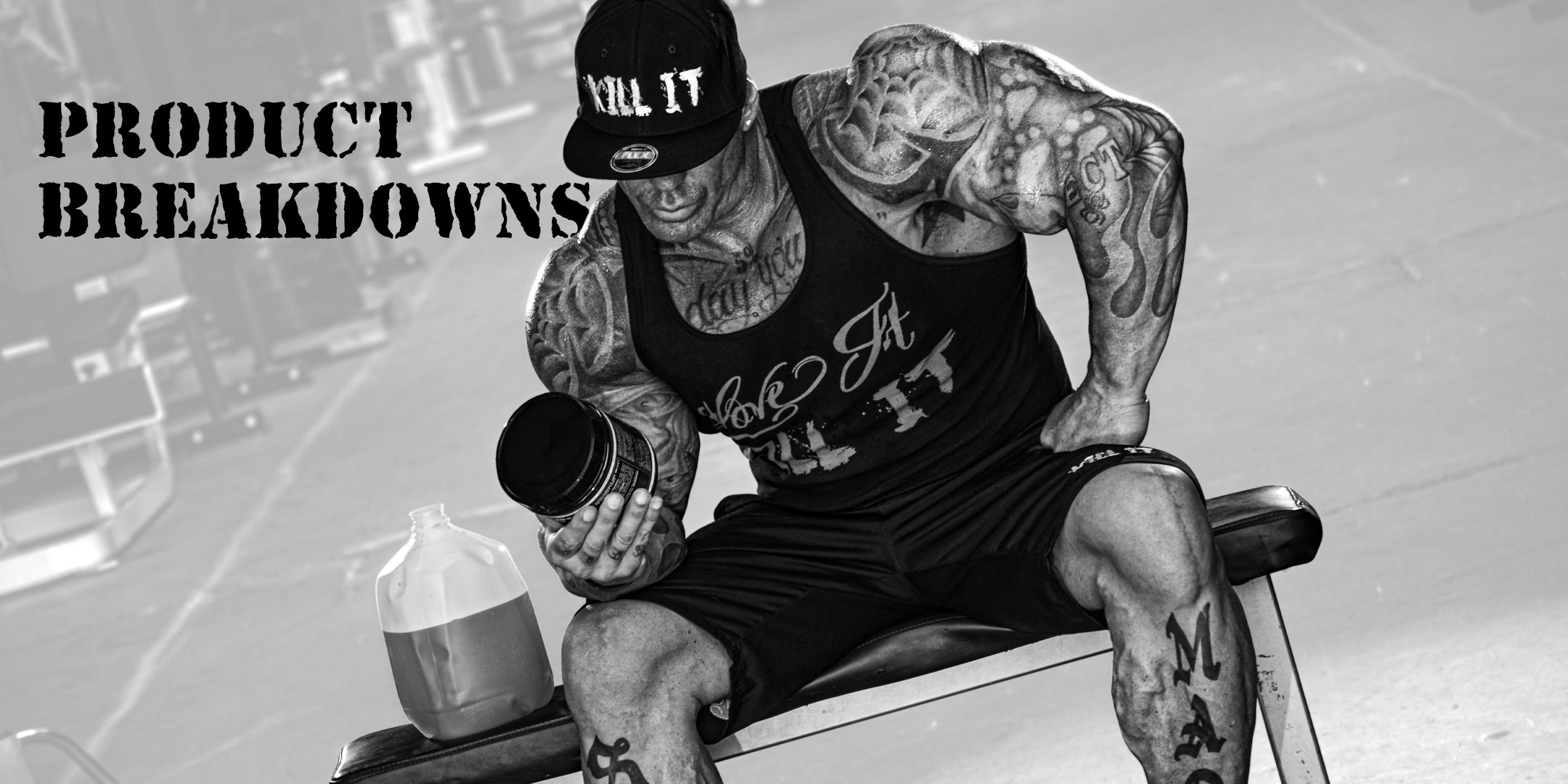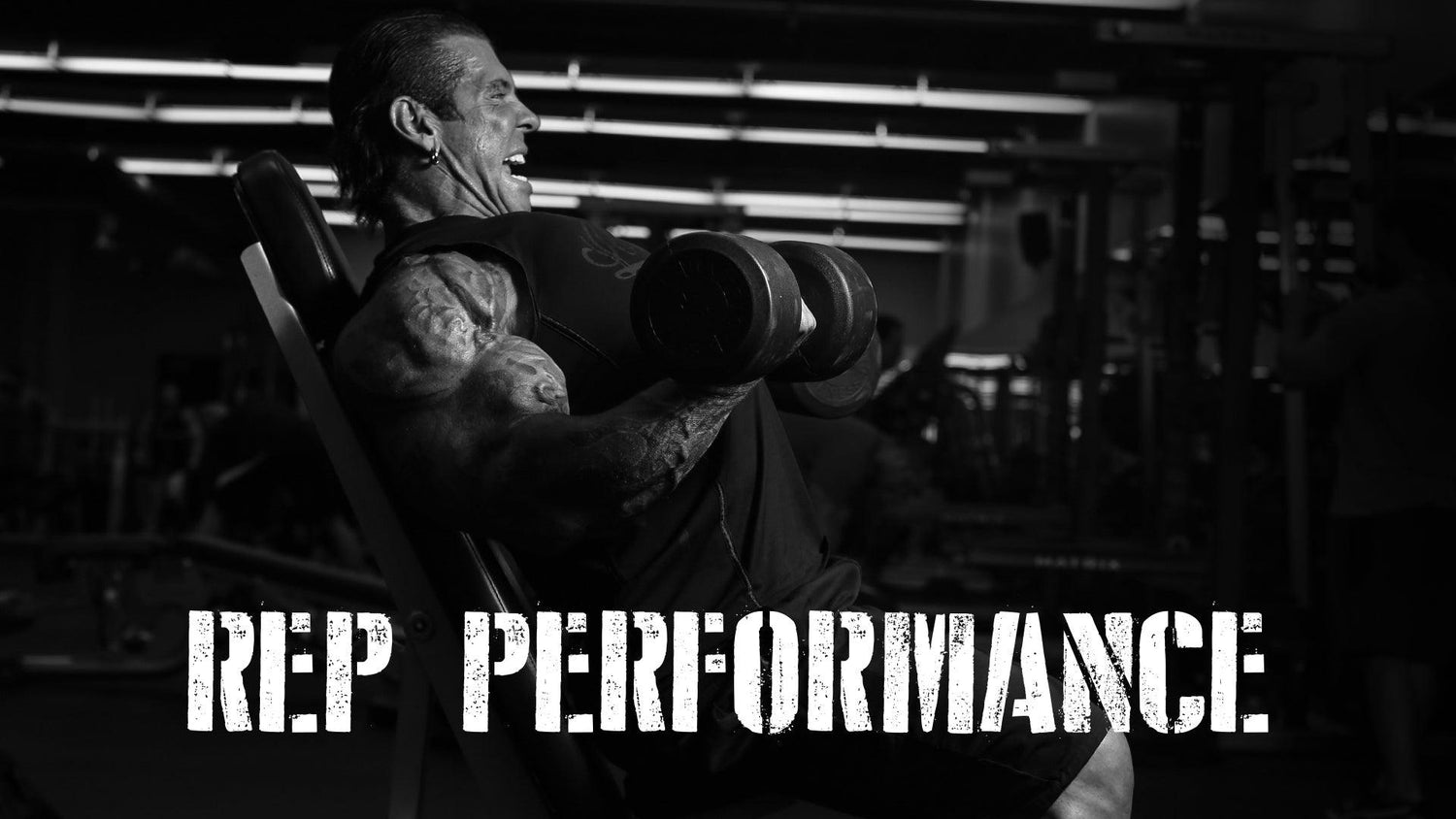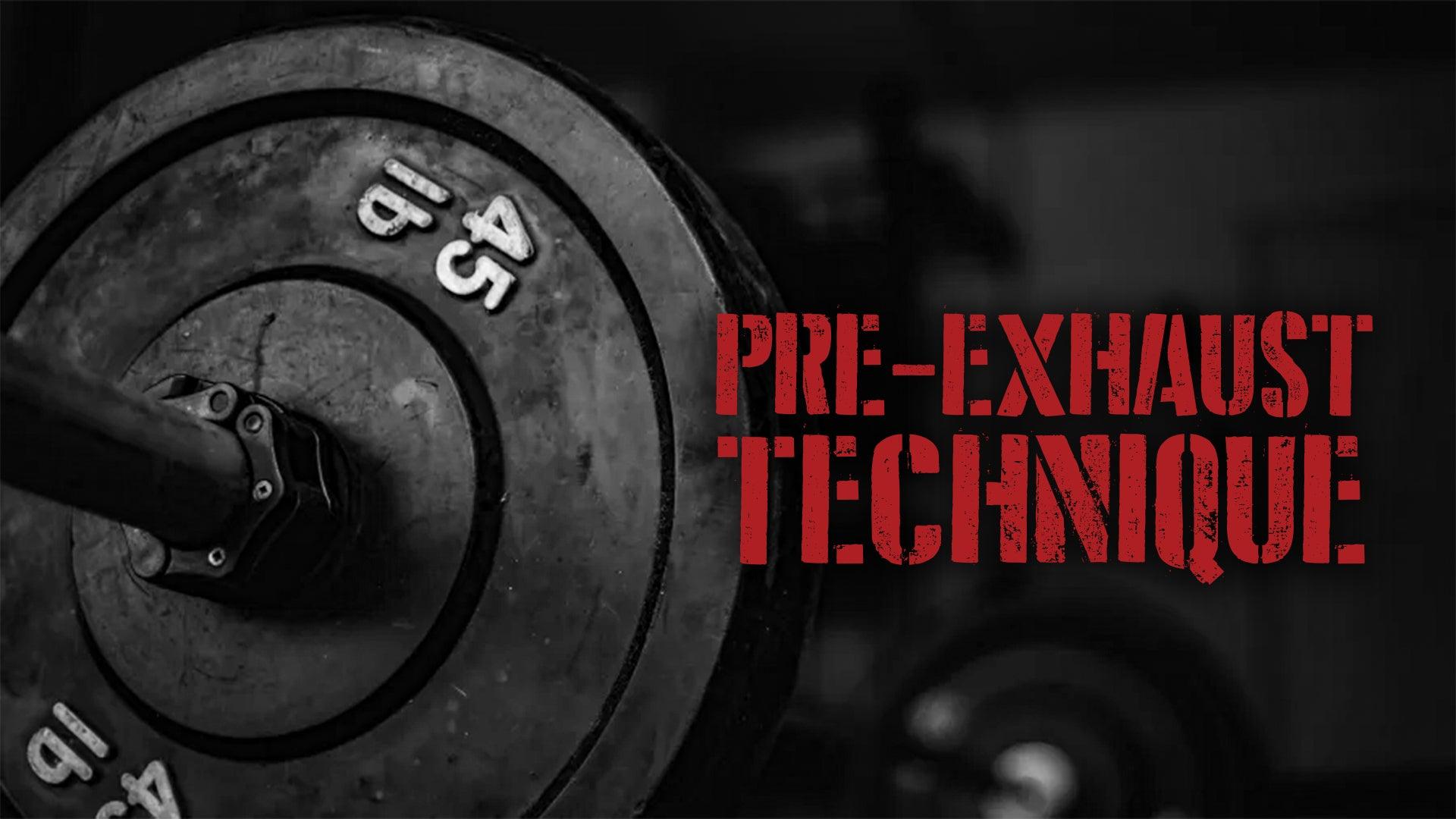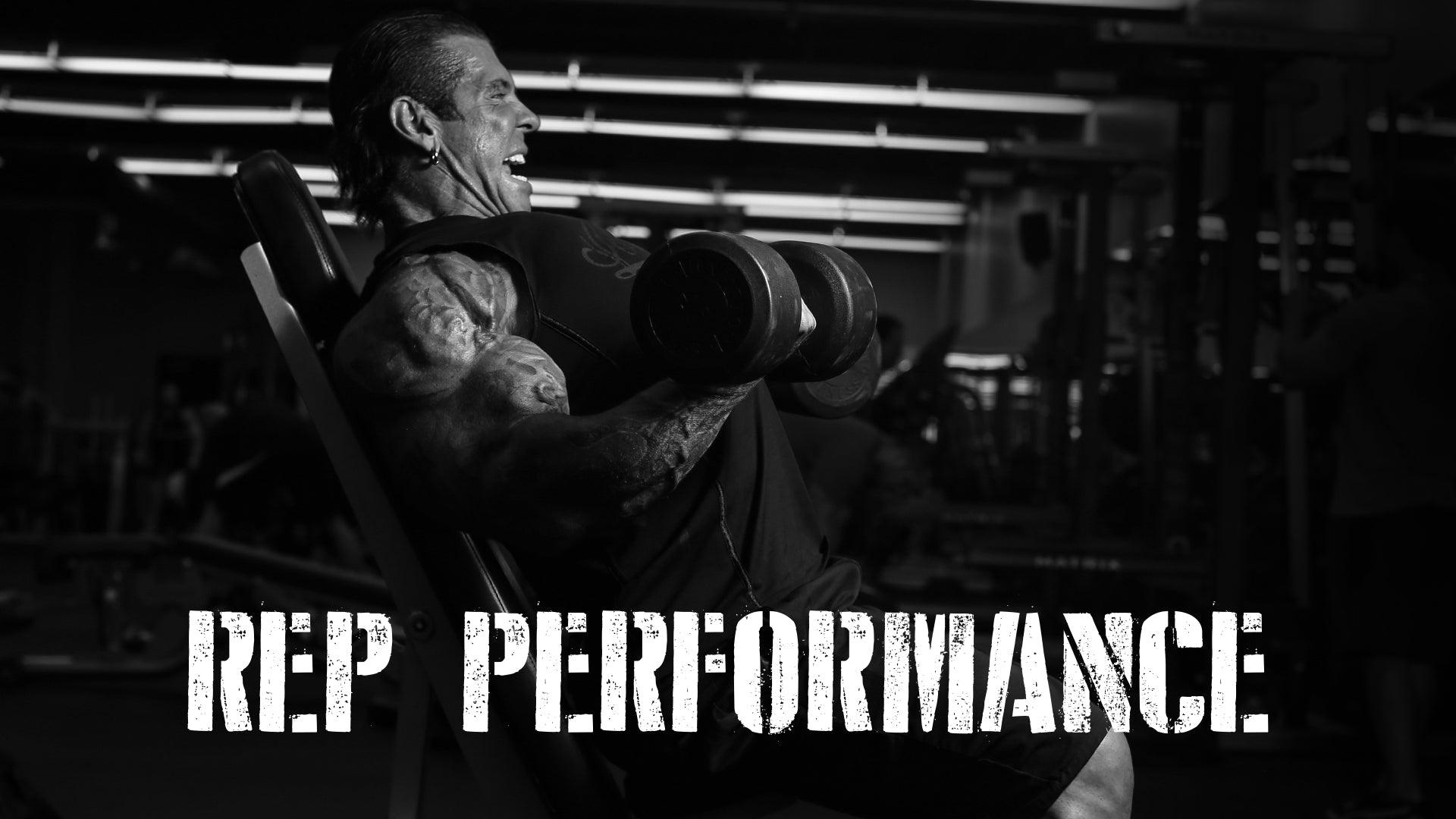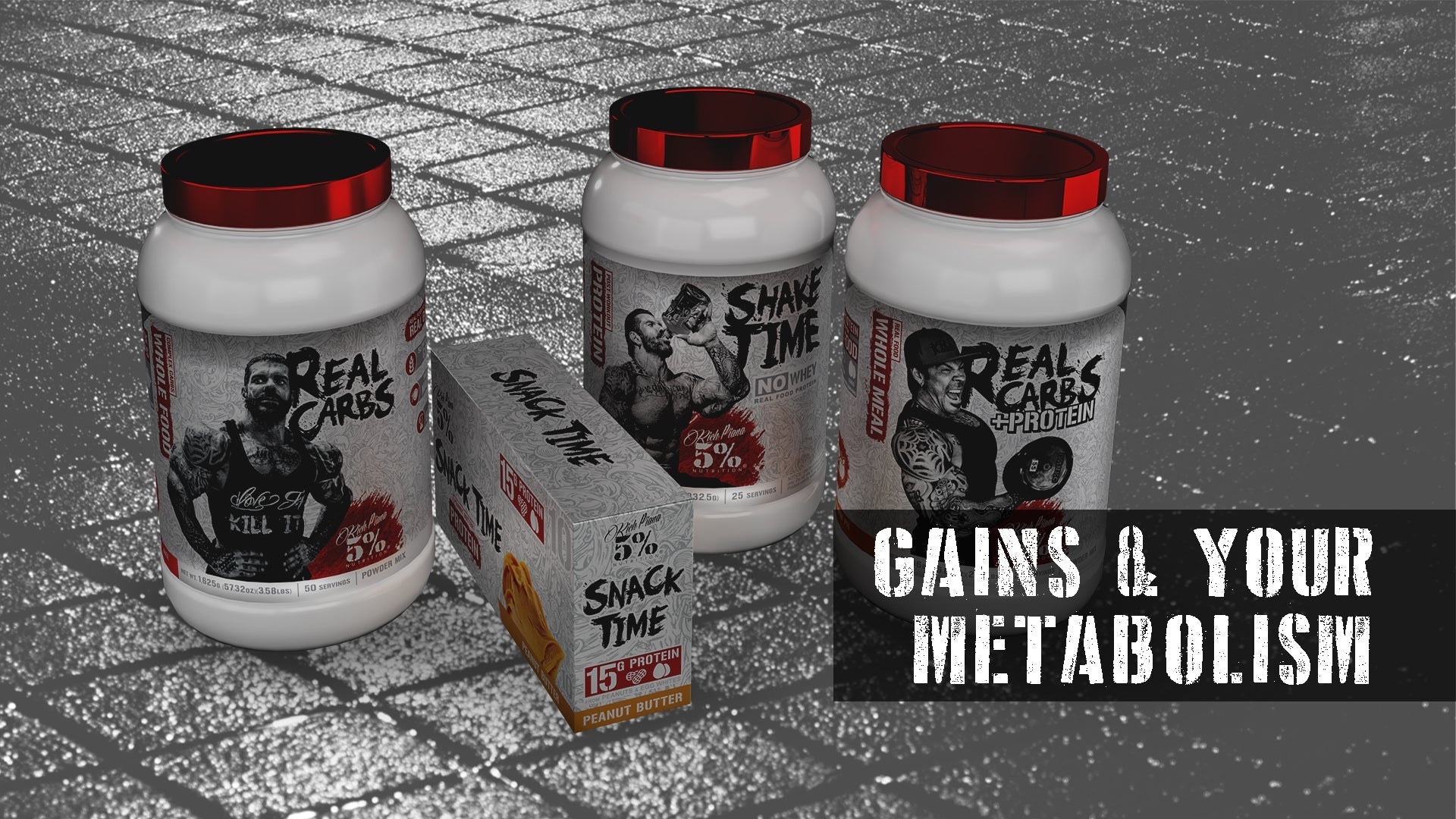How do you perform your reps? The rep is a basic aspect of training, yet it has a tremendous impact on your results. There are many ways to perform a rep, each with its own benefits. Understanding how to get the most out of your reps is an important key to progress. We’ll break it down in this 2-Part Series and if you truly wanna grow, keep reading.
Performing Effective Reps
We’ve all seen it. Lifters that heave the bar up and then just let it drop. Or, the lifters that do short half-reps. Performing an effective repetition is much more than just lifting the bar up and then letting it drop without control. Why would you train that way? All this does is rob your muscles of the benefits of the exercise. To perform a rep correctly, it’s important to understand the exercise you’re about to do. That includes using good form over a complete range of motion and using the right tempo. It’s important to perform the rep so that your target muscles do all the work.
So, with that in mind, let’s look at some of the most common ways to effectively perform a rep.
Explosive Up/Slow Down
Lifting the weight explosively on the concentric (or, raising the weight) portion of the rep is commonly used for power and strength. It’s suggested that the explosive portion recruits more fibers.
Lifting slow and controlled on the eccentric (or, lowering) portion of the rep takes advantage of negative emphasis. There’s a line of reasoning dating back to Arthur Jones that suggests the negative phase is the most critical part of a rep. The thinking is that on the negative phase you do the most damage to the muscles.
Explosive Up/Slow Down/Pause & Hold The Stretch
This is done the same way as noted above. Except, and it’s a huge “except”, you pause and hold for a few seconds at the bottom stretch position. This is just before the bar returns to the start position when there’s full stretch and full tension on the working muscles. It’s also known as the turnaround point, where you can switch and start the rep over. It’s thought that this rep style is the most effective for mTOR activation.
Slow And Controlled
Following this approach, you perform your reps slow and controlled up, pause and squeeze at the top, slow and controlled down. This style uses a full and complete range of motion. It’s a controlled rep, with no jerking or momentum. Many bodybuilders have used this rep style over the decades. It’s great for any exercise that provides tension at the top of the movement. A good example is leg extensions. Another example might be EZ cable curls.
Controlled Up And Down With No Pausing
This rep style allows for constant tension on the muscle. There's no relief until you end the set. The thing with this style of rep performance is the tendency to go too light and too fast. If you’re knocking out 12-15 reps at a fast tempo, and could easily do another 4-5 reps, you aren’t working your set hard enough. Try slowing your tempo down, and using enough weight to only allow the predetermined number of reps.
Tempo
The next obvious question should be your rep speed or tempo. For example, how long is slow and controlled? Here’s how rep tempo is typically shown:
There are 4 numbers, each signifies seconds, as follows:
- 2 - The concentric contraction, or raising the weight, the positive phase.
- 0 - The contracted position.
- 4 - The eccentric contraction, or lowering the weight, the negative phase.
- 4 - The stretch position.
So in this case, you take 2 seconds to lift the weight to the top. Do not pause. Then 4 seconds to lower it. Hold the stretch position for 4 seconds.
Muscle Fiber Types And Recruitment
Basically, there are three types of muscle fibers: (1)
Type I: Slow Twitch Fibers
These fibers are slow to contract endurance fibers with limited size/strength capacity. Also, they contain large and numerous mitochondria which aid in their use of oxygen. They have a greater number of capillaries, which means they are better for nutrient delivery. They tend to respond best to reps in the 15-20 range. These types of fibers are resistant to fatigue but produce a low level of force output.
Type IIa: Fast Twitch Fibers
Fast Twitch Fibers are further divided into two categories: Type IIa and Type IIb.
Fast twitch fibers have the most growth potential and produce the most muscle strength. They are the fibers that are primarily responsible for muscle size. However, they have a slower nutrient replenishment rate because they have a smaller number of capillaries. They seem to respond best to reps in the 6-8 range.
Type IIa:
These fibers promote explosive power for short bursts of time. This means they are perfect for weightlifting. These fibers rely on the Glycolytic Energy System, which uses the method of anaerobic glycolysis to produce ATP. Type IIa fibers are less resistant to fatigue. Plus, they produce more muscular force. Finally, they contract at a faster speed than slow twitch fibers.
Type IIb:
The type IIb fibers are the fastest twitch fibers but fatigue rapidly. These fibers are involved in any athletic event that requires an all-out burst of power. Therefore, they act for a very short burst of time, typically around 7.5 milliseconds.
Force Production
Muscles produce force by recruiting motor units, or, a group of muscle fibers stimulated by a motor neuron. That can be defined as a neuron that sends impulses from the central nervous system to a muscle in response to training. Regardless of the workout intensity, slow-twitch motor units are recruited first. If the workout intensity is low, these motor units could be the only ones recruited. If the workout intensity is high, such as when lifting heavy weights or using intensity techniques, slow-twitch motor units are recruited first, followed as needed by fast-twitch IIa and fast-twitch IIb. Of course, we want to recruit as many fibers as possible.
With that in mind, a good training program could include sets using different rep totals to impact all fiber types. Rich understood this and would often vary his reps. (2)
Rep Performance And mTOR Activation
Resistance exercise is one of several things that activate mTOR, which stimulates protein synthesis. The style of training that’s believed to be most effective is using compound exercises with progressively heavier training loads. Reps in the 6-8 range are typically suggested, but recent studies seem to suggest taking your sets to failure, or at least near failure. The actual number of reps per set may be less important than set intensity.
What about rep performance? It’s believed that explosive up/slow and controlled down rep performance is the most effective. Further, emphasizing the negative phase, holding the stretch at the turnaround seems to be best. (3, 4, 5)
Recap
We’ve covered a lot of information in Part 1. Coming up in Part 2, we’ll put all of it to use and present an example training program. We'll review the best 5% Nutrition supplements to use.
References:
- What are the different muscle fiber types? | Live Science
- Holm L, et al, Changes in muscle size and MHC composition in response to resistance exercise with heavy and light loading intensity, Journal of Applied Physiology, Nov 2008, 105:1454-1461
- Resistance exercise initiates mechanistic target of rapamycin (mTOR) translocation and protein complex co-localisation in human skeletal muscle | Scientific Reports (nature.com)
- Cheng, J., & Du, J. (2007). Mechanical stretch simulates proliferation of venous smooth muscle cells through activation of the insulin-like growth factor-1 receptor. Arteriosclerosis, thrombosis, and vascular biology, 27(8), 1744–1751.
- Morton, R. W., Oikawa, S. Y., Wavell, C. G., Mazara, N., McGlory, C., Quadrilatero, J., Baechler, B. L., Baker, S. K., & Phillips, S. M. (2016). Neither load nor systemic hormones determine resistance training-mediated hypertrophy or strength gains in resistance-trained young men. Journal of applied physiology (Bethesda, Md.: 1985), 121(1), 129–138. https://doi.org/10.1152/japplphysiol.00154.2016

